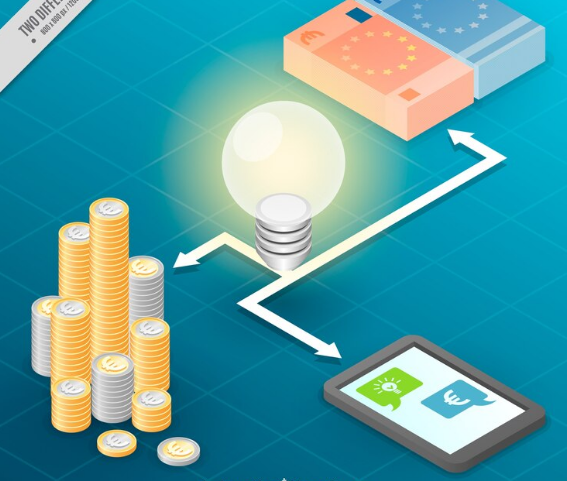Electric utility rates and tariffs are two concepts used to calculate your power bill. Understanding the difference is critical to controlling your electricity costs. Electricity delivery rates vary by state and energy provider. The rates will also vary depending on your facility’s usage and demand. Changing providers is an easy way to lower your delivery charges.
Time-Of-Use Rates
Historically, residential energy rates have reflected the cost of generating electricity per kilowatt-hour. But that cost changes throughout the day. As a result, electricity companies in Houston have started offering their consumers time-of-use (TOU) rate plans. From demand charges to real-time pricing, these innovative rate structures are designed to align better the costs consumers see with their utility company’s actual price of generating power. These TOU rate plans typically break up the hours of the day into off-peak and on-peak periods. During off-peak hours, when energy demand is lower, and the cost to generate electricity is cheaper, customers pay a much more competitive rate.
On the other hand, during peak hours—which can be on weekdays or weekends and may change by season—rates are more expensive. TOU rates aim to shift electricity use to off-peak times to take advantage of these competitive, lower prices. That’s why it’s important to know when peak and off-peak times are for your specific utility plan. By educating customers about their TOU rates and providing personalized insights, utilities can help them save more and create a better energy future.
Demand Charges
Demand charges are a separate charge that appears on your utility bill. These charges are based on your peak electricity usage and can be much higher than energy consumption rates. They incentivize customers to spread their energy use throughout the month so that they are not consuming power at the rare times of peak energy demand (like on hot summer days when everyone turns on air conditioning). This helps utilities maintain sufficient generation and transmission capacity for these critical periods and avoid investing in costly upgrades and new equipment. These charges are typically reserved for larger commercial and industrial (C&I) consumers but may also be available to residential customers. They are calculated by looking at the most electricity used in a 15-minute billing period, usually monthly. This energy consumption is then multiplied by a peak demand rate that varies depending on the time of day, season, and other factors. Consumers can offset these high peak demand charges by investing in on-site renewable energy systems, which can produce more than they consume and feed excess power back into the grid. Net metering policies also play an important role in setting and billing demand charges, enabling consumers to offset some peak power demands with their clean energy.
Fees
Electricity costs are typically broken down into two parts: supply and delivery. Your utility’s supply charges are based on the price of energy your provider buys wholesale. This is typically about half of your total bill. The other half is largely your delivery charge, which covers the cost of utility poles, wires, equipment and operations. Rate schedules vary, but most residential customers pay a simple rate program with on-peak and off-peak pricing in summer. Peak demand times require more energy generation, typically supplied by less efficient “peaker” plants that are often more expensive than baseload power plants. Therefore, demand charges are designed to discourage energy use during high-demand periods. Another way to reduce your electricity costs is to take advantage of discounts available from competitive energy providers. These deals typically offer time-of-use rates and other features that help you save on your electricity costs. These programs are particularly effective in deregulated markets where you can switch providers. However, many consumers experience a sudden spike in their electricity bills even when switching suppliers or plans. This could be due to a utility tactic called raising fixed fees – which penalizes consumers for using less power and can lead to higher electricity prices overall. Finding ways to recover these fixed costs without impacting per kWh energy rates and allowing those charges to vary by income could be an efficiency- and equity-enhancing innovation.
Tiered Billing
Tiered electricity rates are a pricing structure that charges different prices for energy consumption based on how much you use. Typically, these plans involve two to four tiers with a corresponding price per kilowatt hour (kWh). This structure encourages energy conservation by rewarding lower usage and penalizing higher use. It is also a way for electric utilities to balance supply with demand. This is important to ensure a consistent power flow to the community and avoid brownouts or blackouts. It can be unclear to see a bill with several line items, each of which may have its tier or rate. The best way to get a handle on this structure is to break it down into two separate items: Energy and Demand. The energy charge covers your energy usage, while the demand charge is based on peak times. The best way to save with tiered bills is to monitor your electricity consumption and shift energy-consuming equipment or appliances to off-peak hours. You can also use energy-efficient products to reduce your electricity consumption and stay in the lower tiers of your plan. In addition, investing in a smart thermostat or home energy management system may help you understand your usage.





